 The prospect of a looming recession, along with rising prices on everything from food to fuel, have started to impact how consumers spend – and what budget items they feel they need to adjust to live within their means. While this means people are restricting their spending when it comes to buying takeout food, meals away from home, and travels to far-flung destinations, it also means they are looking to have memorable experiences with friends and family a bit closer to home this year. That’s where there is opportunity for restaurants to fill the gap. Take some cues from Hauste, a new company inspired by meal delivery boxes and motivated by the pandemic-era desire to bring restaurant meals home. As reported by Eater, Hauste develops downloadable dinner party guides – priced at $16 or $26 depending on the size of the gathering – that include a shopping list, menu, recipes, music playlist, design inspiration, checklists, and in some cases, templates for name cards or invitations. What’s more, the guides help the host get organized by breaking tasks down into the days and minutes leading up to an event. If you are a restaurant that prides itself on the in-person experience offered to guests, how can you repackage it as the “staycation” version of that experience? By making it easier for your customers to host a polished, low-stress gathering, you’re also creating opportunities for them to promote you on social media. Socializing and entertainment are still happening right now – and consumers are eager to connect. How can you find new ways to help them gather and celebrate in ways that feel like a great value and can therefore find a place in their budget?  To be sure, rising inflation and fears of impending recession are making many consumers want to pull back on spending. But the picture may not be as gloomy as it seems for restaurant operators. As a recent CNBC report indicates, while people are feeling less optimistic about their finances, they are still showing willingness to spend money on experiences – including travel, concerts, movies and drinks – that could easily fall into the “discretionary spending” category. So how can restaurant operators keep this going and ward off a slowdown in traffic as we slide toward a possible recession? NPD Group advises focusing on providing value – and that’s not a euphemism for a lower-priced experience but rather one that justifies the price charged. It’s about carefully tracking how people respond to your prices and promotions so you understand at what point your guests will pull back on buying. NPD Group advises not lowering prices if guests remain willing to pay more, for example, and to adjust pricing as levels of various items in your inventory rebound. Give guests reasons to make impulse purchases. Offering memorable experiences of various kinds can do the trick, particularly as ongoing pandemic fatigue gives people a good excuse to make time to be with friends and family. Finally, continue to monitor excess costs and look for ways to trim them so you can make the most of what you do spend. 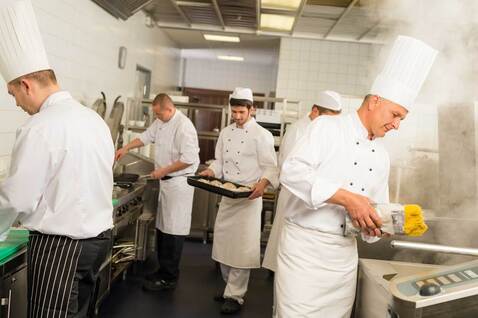 As restaurant operators have tried to accommodate off-premise guests in recent years, the ghost kitchen quickly emerged as an appealing solution – giving operators a low-overhead option for starting a new foodservice concept or keeping an existing one humming while dining rooms were closed. But growing pains have begun to emerge for the industry. A recent Restaurant Business report indicated that operators were struggling with the high cost of delivery from their ghost kitchens, as well as attracting and paying staff and marketing locations that were designed to be invisible to the public. But since ghost kitchens were initially promoted as operator-friendly entry points into the industry, some say their difficulties may be more rooted in the experience of the operators themselves. John Meyer, CEO of Ghost Financial, which provides loans, insurance, payroll and other financial products to ghost kitchen operators, told Restaurant Dive that ghost kitchens have been attracting operators who lack industry-specific skills in digital advertising, targeted advertising and integration with delivery apps. But as we have learned from the pandemic, every challenge creates an opportunity: To help ghost kitchen operators get up to speed, Meyer developed GhostU, an online educational program designed to help restaurateurs build, scale and run a profitable ghost kitchen. Restaurant Dive reports that the program provides a minimum of 12 videos, along with step-by-step worksheets and three months of access to Ghost Financial’s Ghost Kitchen Community, where ghost kitchen owners can share their experiences and access interactive workshops and Q&A sessions. 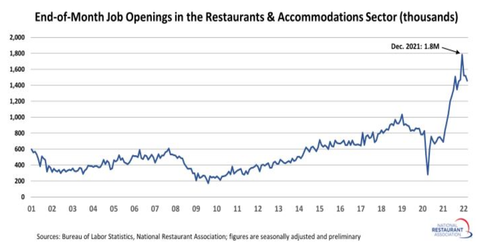 Labor Pains Is your labor pool feeling a bit shallow? You’re far from alone. In the National Restaurant Association’s May 2022 tracking survey, 58 percent of operators said recruiting and retaining employees is the top challenge currently facing their business. Some tactics to improve your ability to attract and retain staff: Weed out dangerous or dirty tasks – try to either automate them or improve them. Incorporate more tools and appliances that don’t require skilled labor to use. Embrace speed-scratch and other ready-to-go ingredients that cut down on labor. Put your training on autopilot so your managers and staff can spend more time with guests or on food preparation. Finally, leave tempers at the door.  Record-setting inflation and ongoing food supply problems have transformed menus – but chefs are finding that the transformation can be for the better. As Fortune reported recently, food inflation’s effect on the price of many popular kinds of seafood has resulted in chefs serving up lesser-known, exotic alternatives. One example: the snakehead fish available on Maryland’s Eastern Shore. It’s a frightening-looking cross between a catfish and an eel that happens to be a delicious crowd pleaser – and even better, only $6 for a whole fish. Other operators have needed to remove much-loved signature items from their menu because the costs just don’t add up. The owners of Chicago’s Parachute removed their signature bing bread from their menu, not only because of the 63-cent profit it generated for the restaurant but also because lower-cost substitute ingredients weren’t cutting it and there was a significant amount of labor required to produce it. They wanted to move toward a more equitable system that compensates staff better, and the bread wasn’t helping them get there. Looking across your menu, are there items that drag down your profits, overall food quality or staff compensation? In a recent interview, Chef Kathleen Hoffman, senior culinary manager for U.S. Foods, said in the current climate, she is focusing on helping chefs create scaled-down menus that address all of those challenges: “We help them winnow their menu down so they do five things really well instead of 10 things just okay,” she said. “The days of the 20-page menu are over.” For chefs, this often means making the call to remove menu items that guests love and have come to expect. Just trust that doing so can actually help you protect your business for the longer term.  Does your loyalty program give as much back to you as it does to your guests? While restaurant loyalty programs once relied on discounts to get guests to return, times are changing. To be sure, you want to use your loyalty program to track guest tastes and buying patterns and translate that information into action. But you can also take your program a step further by harnessing it as an experience you can provide guests. As operators struggle with inflation and supply shortages, providing a memorable guest experience can be a superpower – and can help keep you afloat in these challenging times. How can you use your program to drive people to you? Tap into guests’ fear of missing out by offering an exclusive VIP menu to members. The loyalty program Thanx is helping one operator offer a hidden menu for their highest-spending loyalty customers – it unlocks after a guest spends $200 in 90 days, according to a Nation’s Restaurant News report. The hidden menu can include fan-favorite menu items, be used to test limited-time offers, or simply offer items that are easier to offer to a smaller audience (and can help a restaurant manage inventory more efficiently). All of these potential offerings can create a sense of exclusivity that provides the extra nudge guests need to order from your restaurant right now. 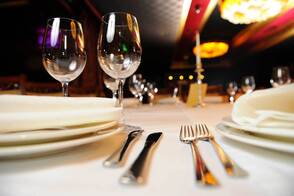 Inflation is a worry for nine out of 10 adults, according to a survey taken recently by the online research firm Momentive for The New York Times. As guests scrutinize more of their expenses, discretionary restaurant spending is a natural place for them to cut back. But on the plus side, demand persists for restaurant food – it may just look different for a while. As John Church, co-head of HSBC Bank’s food and beverage unit, told The Food Institute, “Consumers are likely to trade down during inflationary times as they will want to continue to enjoy some level of out-of-home dining experience.” Restaurant operators may just have to double down on strategies to get guests in the door. Right now, focusing on providing value can help. Offer combo meals that emphasize cost savings – like a family meal deal that may even provide some leftovers for lunch the next day. Create a sense of urgency with guests by creating a rolling line-up of limited-time offers. Give people a reason to return by asking them if they want to receive special offers, then following up with deals related to foods they have enjoyed from you in the past. Take a page from your pandemic playbook and package up an experience – a cooking class or wine tasting, for example – that makes restaurant food or drink feel like a worthwhile outing or a go-to choice for someone looking to give a special gift. When you offer those experiences, talk them up on social media to inspire guests looking for memorable ways to gather with friends and family. |
Subscribe to our newsletterArchives
April 2024
Categories
All
|

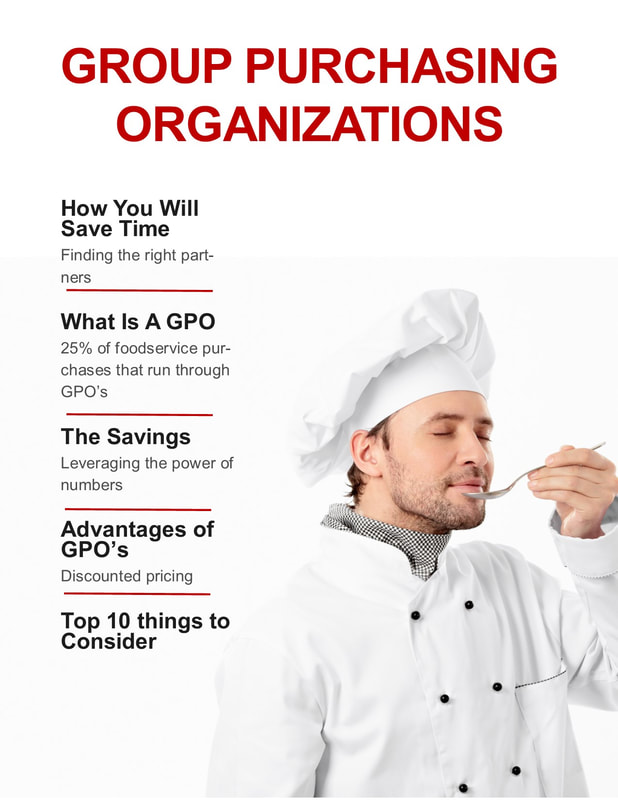

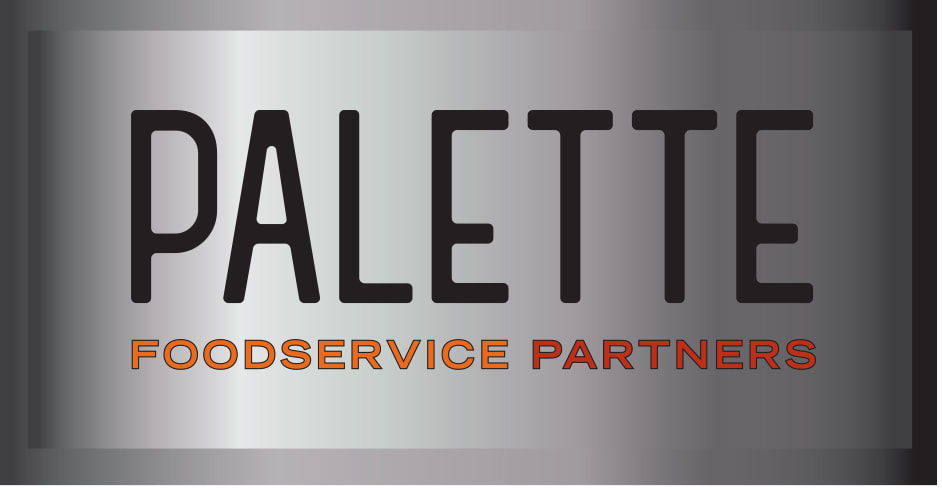
 RSS Feed
RSS Feed